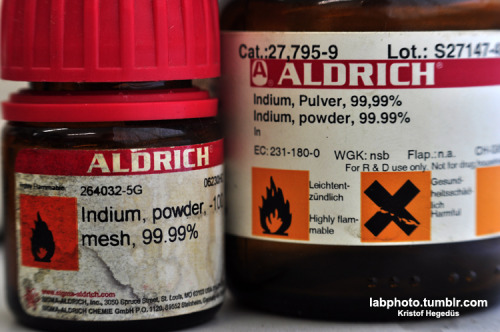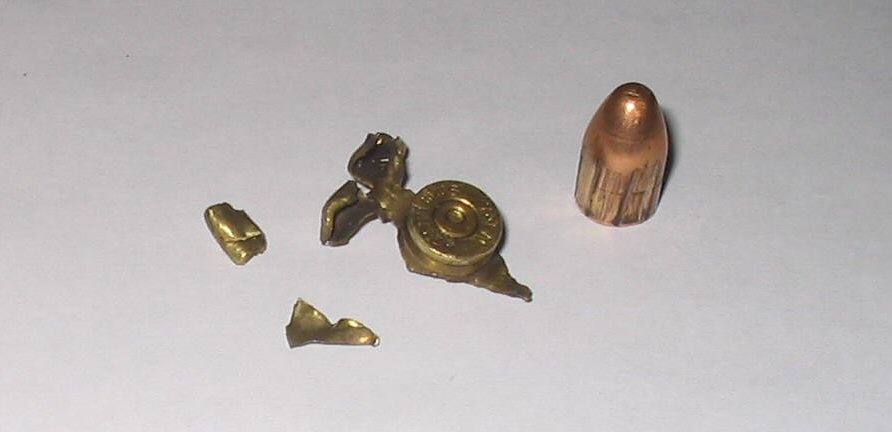| Yes, that's due to allotropy. One allotrope of tin is bright, shiny and generally more rotund, and the other is gray, flaky and not as nice-looking.
Then, once the tin heats back up, it turns back into the other allotrope, while still very flaky. This could generate some nice tin powder. I don't
think any other metal does this quite as easily, if at all. The Wiki throw states that pure tin will transform into this allotrope at 13.2 C, while
impurities can lower this to well below 0, or make the transformation impossible. 99% Sn solder would be a good choice for this, I think.
|












 ). But thanks for finding that reference. I printed it out a few years ago while researching ascorbate redox reactions, but now that I
see the title, I might be able to find it. A related paper is available for <a href="viewthread.php?tid=10601&page=28#pid142659">download
in <strong>References</strong></a>.
). But thanks for finding that reference. I printed it out a few years ago while researching ascorbate redox reactions, but now that I
see the title, I might be able to find it. A related paper is available for <a href="viewthread.php?tid=10601&page=28#pid142659">download
in <strong>References</strong></a>.